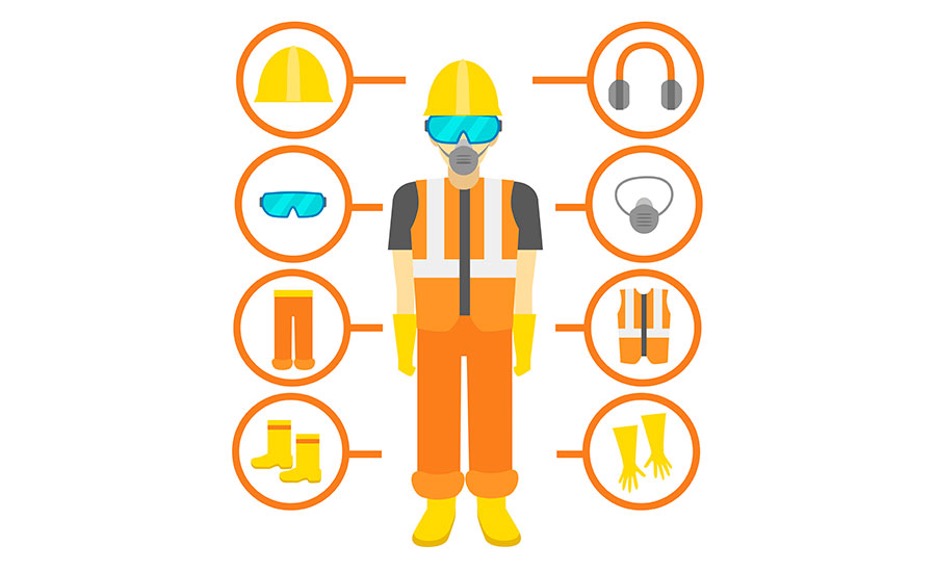
A smart sensor is an electronic device that can detect and interpret environmental data and communicate with other devices or systems to provide useful information or automate certain tasks. Unlike traditional sensors that only provide raw data, smart sensors can process and analyze data using built-in microprocessors and algorithms, allowing them to provide more meaningful insights and respond to changing conditions in real-time. importance of smart sensor are commonly is in various applications such as industrial automation, smart homes, healthcare, and environmental monitoring. Examples of smart sensors include temperature sensors, pressure sensors, motion sensors, and humidity sensors that can communicate with other devices through wired or wireless protocols such as Bluetooth, Wi-Fi, or Zigbee.
What is the importance of smart sensor in daily life?
Smart sensors have become increasingly important in our daily lives due to the benefits they offer in terms of convenience, safety, and efficiency. Here are some examples of how smart sensors are being used in everyday life:
Home automation: Smart sensors are used in home automation systems to control lights, temperature, security, and other appliances. They can detect motion, light levels, temperature, and other environmental factors to adjust settings automatically and save energy.
Healthcare: Smart sensors are used in wearable devices that can monitor vital signs such as heart rate, blood pressure, and glucose levels. This information can be transmitted to healthcare providers in real-time, enabling them to provide remote monitoring and personalized care.
The importance of smart sensor in Transportation: Smart sensors are used in traffic management systems to monitor traffic flow, detect accidents, and adjust traffic signals to improve safety and efficiency.
Environmental monitoring: Smart sensors are used to monitor air quality, water quality, and weather conditions. This information can be used to inform public policy, reduce pollution, and protect public health.
Overall, smart sensors play a critical role in making our daily lives more convenient, safer, and more efficient
The importance of smart sensor for workers
Smart sensors can be particularly important for workers in various industries as they can help improve safety, efficiency, and productivity. Here are some examples of how smart sensors can benefit workers:
Occupational safety: Smart sensors can be used to monitor working conditions and detect potential hazards such as toxic fumes, excessive noise, and high temperatures. This information can be used to improve safety protocols and prevent accidents.
Ergonomics: Smart sensors can be used to monitor worker posture and movements to prevent ergonomic injuries such as repetitive strain injuries. This information can be used to identify areas for improvement in workstation design and work processes.
Predictive maintenance: Smart sensors can be used to monitor machinery and equipment for signs of wear and tear. This information can be used to predict when maintenance is needed, reducing downtime and increasing productivity.
The importance of smart sensor Remote monitoring: Smart sensors can be used to monitor workers in remote or hazardous locations. This information can be transmitted in real-time to a central location, enabling supervisors to monitor worker safety and respond quickly to emergencies.
Overall, smart sensors can help improve worker safety, reduce ergonomic injuries, increase productivity, and reduce downtime. These benefits can translate into cost savings for employers and improved quality of life for workers.

Where is the intelligent sensor protecting workers installed?
Intelligent sensors that protect workers can be installed in various locations depending on the type of hazard they are designed to detect. Here are some examples:
Personal protective equipment (PPE): Some intelligent sensors are integrated into PPE such as helmets, safety glasses, and gloves. These sensors can detect impacts, vibrations, and other physical hazards that could cause injury.
The importance of smart sensor Hazardous work environments: Intelligent sensors can be installed in hazardous work environments such as construction sites, factories, and chemical plants. These sensors can detect toxic fumes, high temperatures, and other hazards that could harm workers.
Machinery and equipment: Intelligent sensors can be installed on machinery and equipment to detect abnormalities such as vibrations, temperature changes, and pressure fluctuations. This information can be used to predict when maintenance is needed, reducing downtime and increasing safety.
Wearable devices: Some intelligent sensors are integrated into wearable devices such as smartwatches, fitness trackers, and safety vests. These sensors can detect vital signs such as heart rate, temperature, and blood pressure, providing real-time health monitoring for workers.
Overall, intelligent sensors that protect workers can be installed in a variety of locations depending on the specific hazards that need to be detected and monitored. The goal is to provide workers with the information and protection they need to stay safe and healthy while on the job.
Is the smart sensor protecting workers dangerous?
Smart sensors that are designed to protect workers are typically not dangerous when used properly. In fact, these sensors are designed to enhance worker safety by detecting potential hazards and providing early warning of dangerous situations.
However, as with any technology, there is always a potential for malfunction or misuse that could lead to unintended consequences. For example, if a smart sensor is not properly calibrated or maintained, it could provide inaccurate or misleading data, which could lead to a false sense of security or inappropriate actions.
Additionally, if workers are not properly trained on how to use and interpret data from smart sensors, they could misunderstand the information and make decisions that could put themselves or others in danger.
To ensure the safe and effective use of smart sensors in protecting workers, it is important to follow proper installation and maintenance procedures, regularly calibrate and test the sensors, and provide proper training to workers on how to use and interpret the data. It is also important to have backup safety measures in place in case a sensor malfunctions or fails to detect a hazard.
Can a smart sensor protect workers save workers’ lives?
Yes, this is the importance of smart sensor in daily life. a smart sensor that is designed to protect workers can potentially save workers’ lives by detecting and alerting them to dangerous conditions or situations. By providing early warning of potential hazards, workers can take appropriate actions to avoid or mitigate the risk, potentially preventing serious injury or even death.
For example, smart sensors that detect toxic gases in a confined space can alert workers to the presence of the gas and prompt them to evacuate the area before exposure becomes harmful. Similarly, smart sensors that detect changes in temperature or pressure in machinery can alert workers to potential malfunctions or failures, allowing them to shut down the equipment or take other appropriate actions to prevent accidents.
In some cases, smart sensors can even be programmed to automatically shut down equipment or trigger other safety measures in response to a hazardous condition. This can help prevent accidents from occurring even in situations where workers may not be able to respond quickly enough to avoid harm.
Overall, smart sensors that are designed to protect workers can play an important role in preventing accidents and saving lives by providing early warning of potential hazards and enabling workers to take appropriate action to avoid or mitigate the risk.
